St. Columba’s College – 175th Anniversary
In 2018 St. Columba’s College celebrates 175 years of academic excellence. Founded on April 25th 1843, originally in Stackallan House in Co. Meath, the College has been in its current location since 1849. In that time it has undergone significant change and now has a traditional yet fully- modernised campus with educational facilities that are among the very best in the country. Thousands of pupils have passed through the doors of our beautiful campus, leaving their mark on their peers, their teachers and the wider world. Come and join our celebrations in June 2018. There is much to celebrate in terms of how the College has developed in the last 25 years and also much to look forward to, with ambitious plans for the future. We celebrated a special day here in the College on Wednesday 25th April 2018, when staff and pupils marked the foundation of the College with a series of low-key private activities.
In June we welcomed back to the College many Old Columbans, former members of staff and other members of the broader St. Columba’s community for more formal celebrations. The weekend of prize-giving, to which Old Columbans were invited, saw a drinks reception in Trinity College on the Friday evening, a gala ball on the Saturday evening, sports and other activities on the Sunday and a chapel service for all those who had survived the weekend!
Mark Boobbyer, Warden
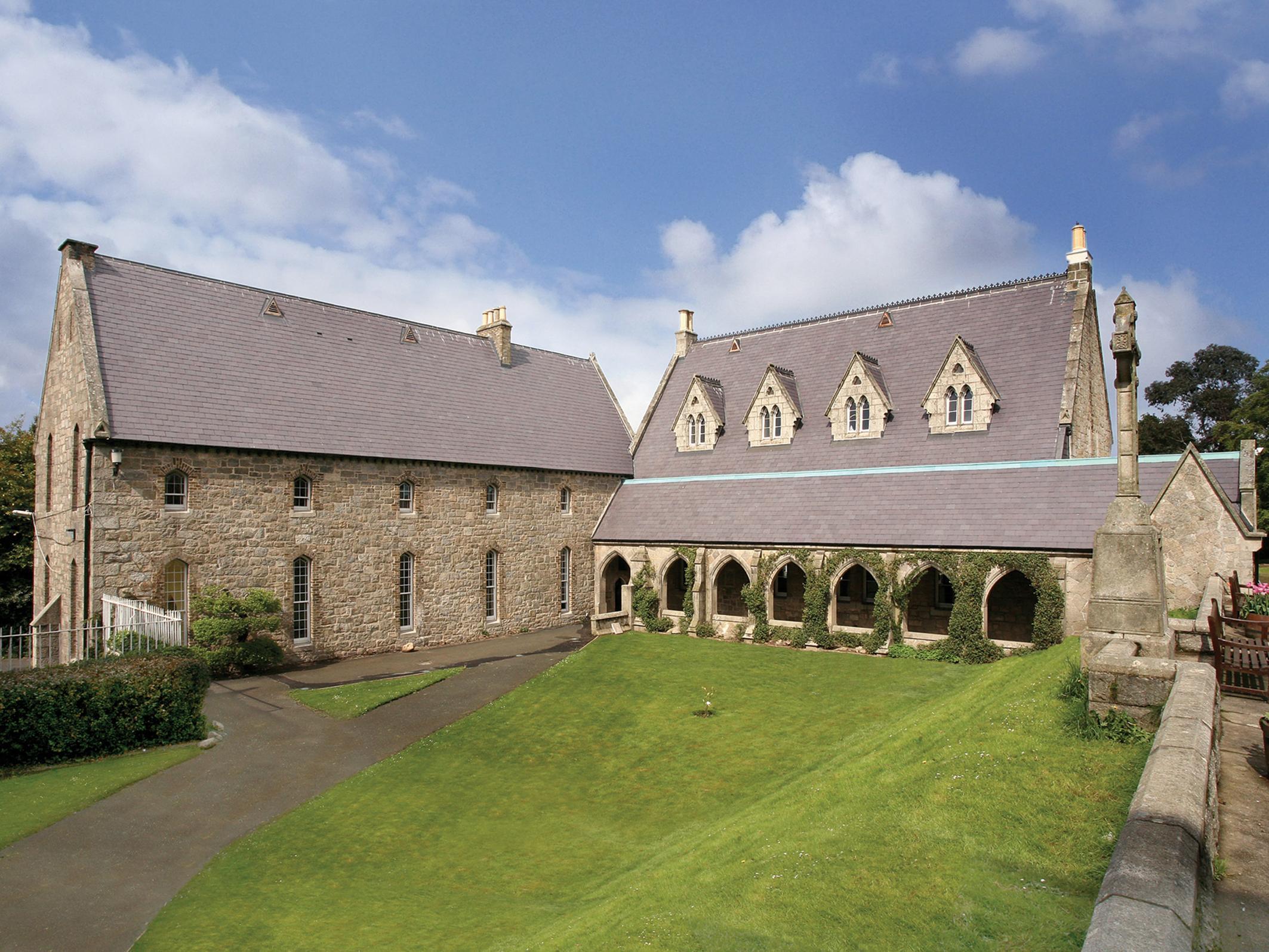
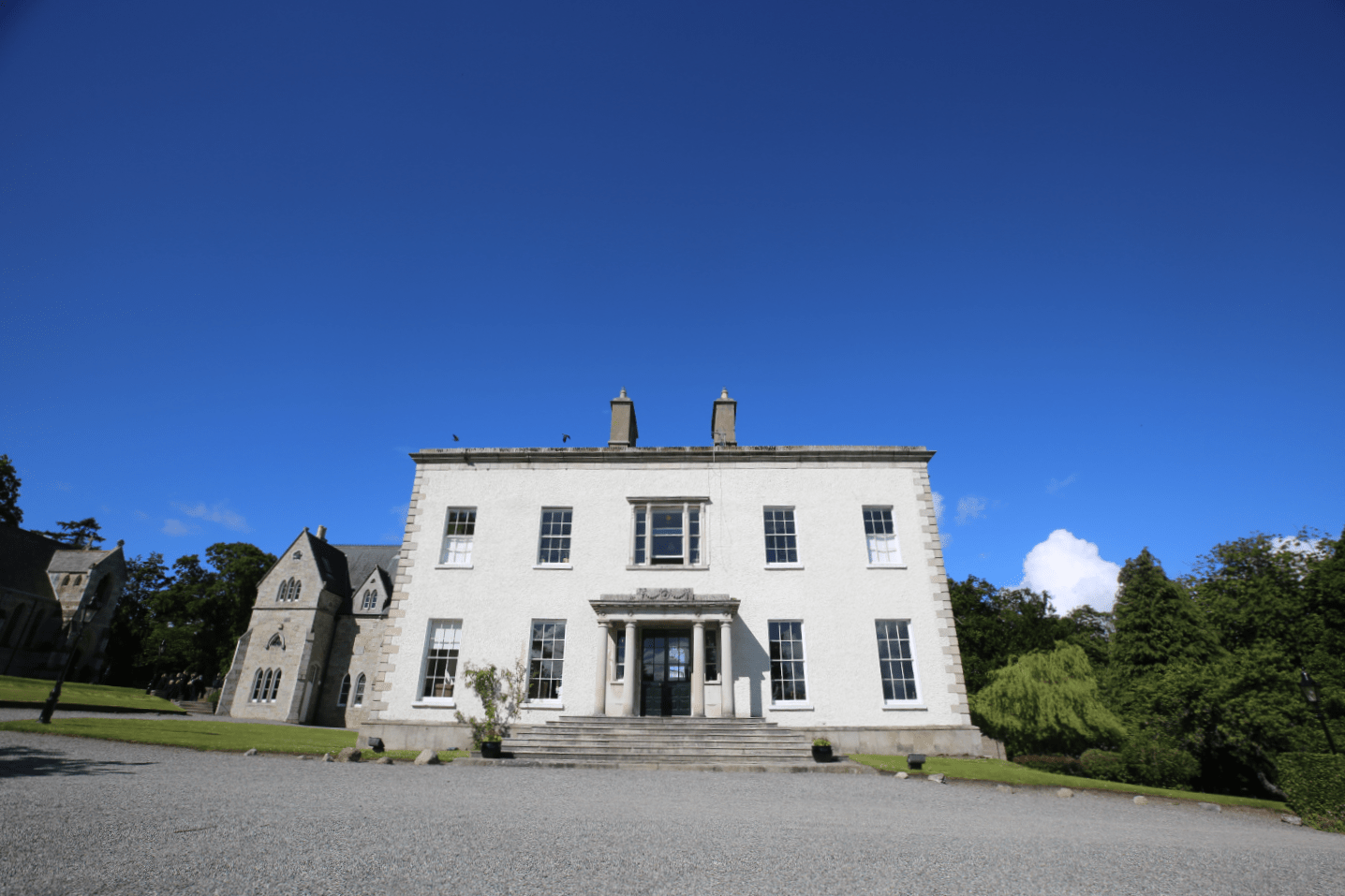
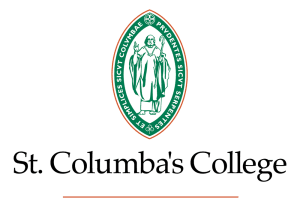
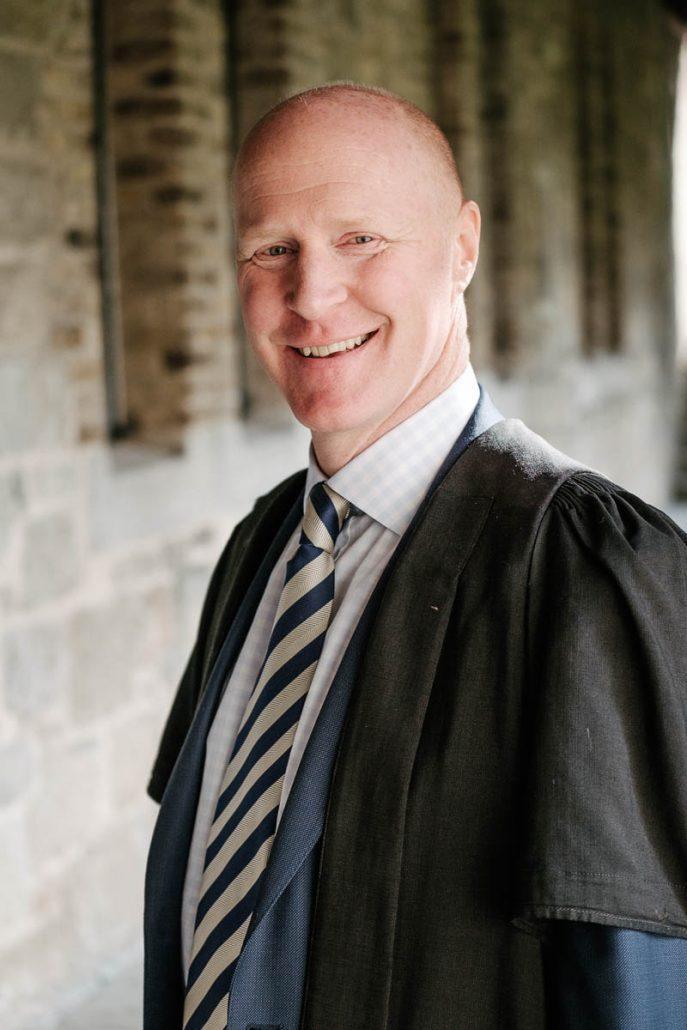
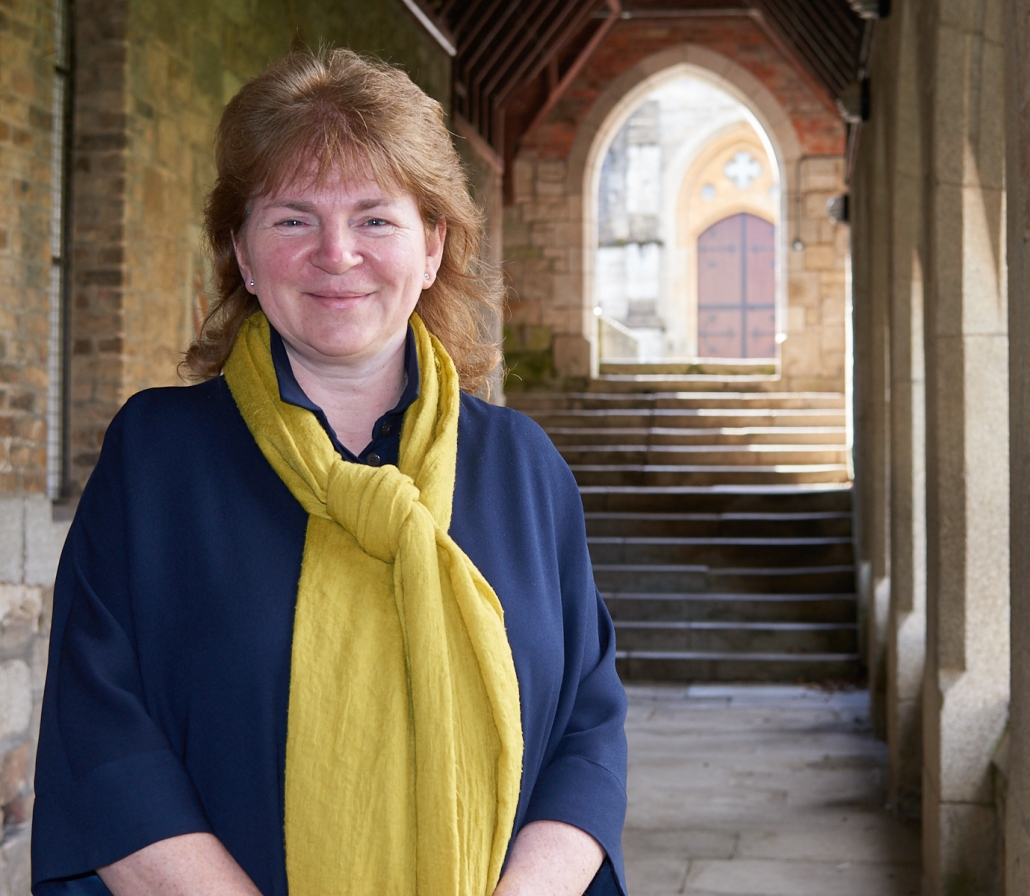
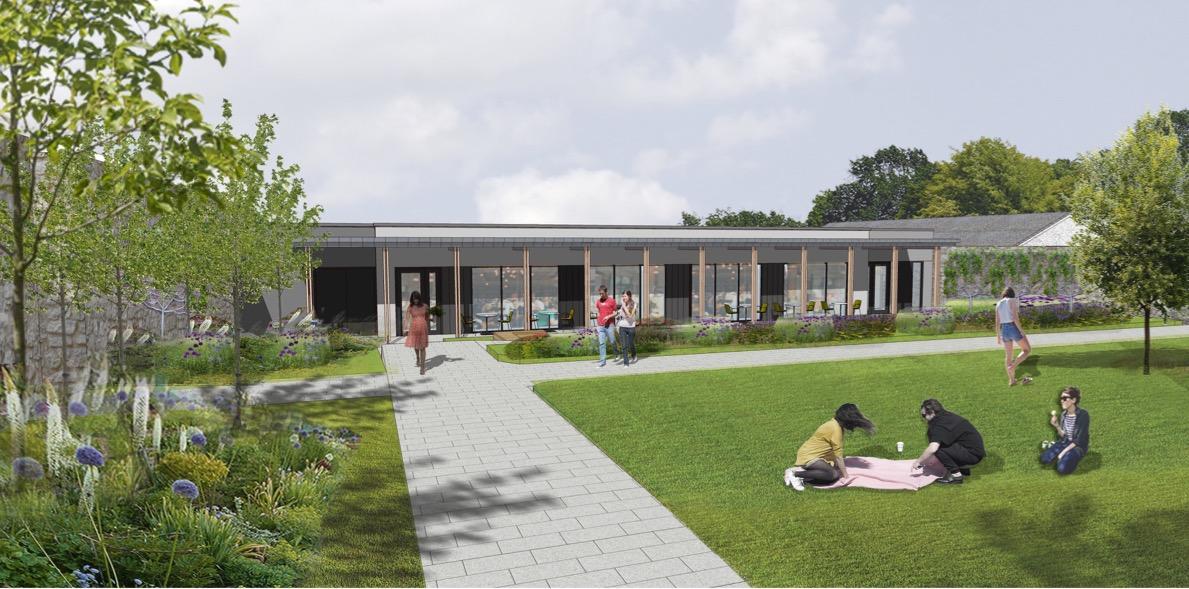
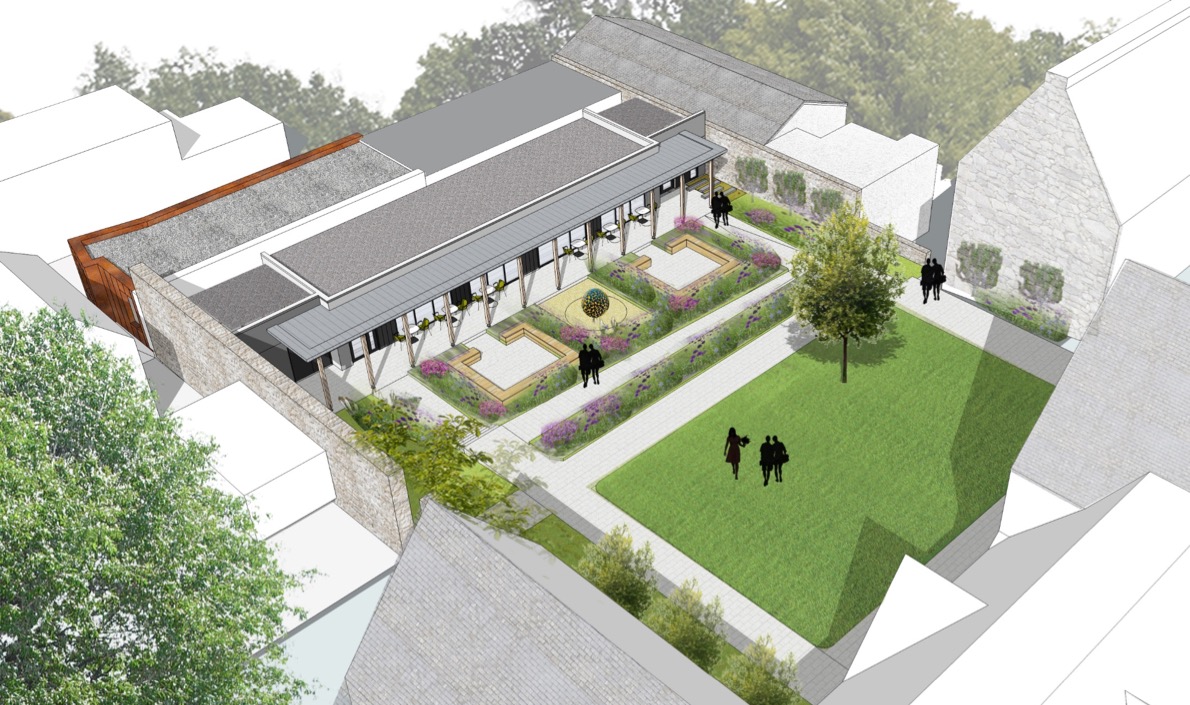

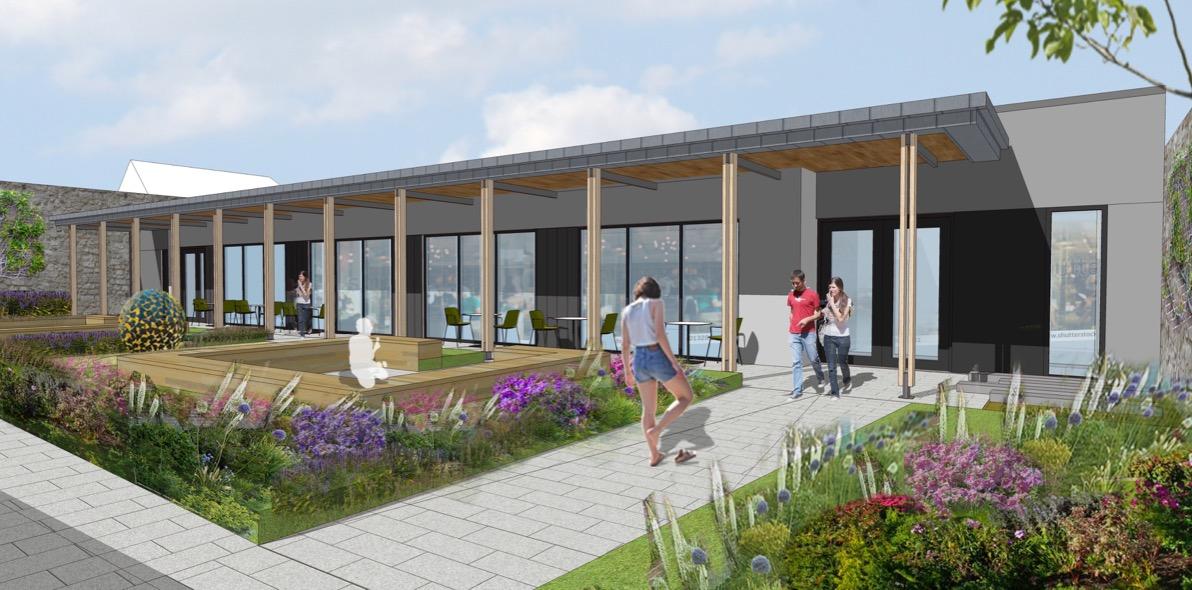
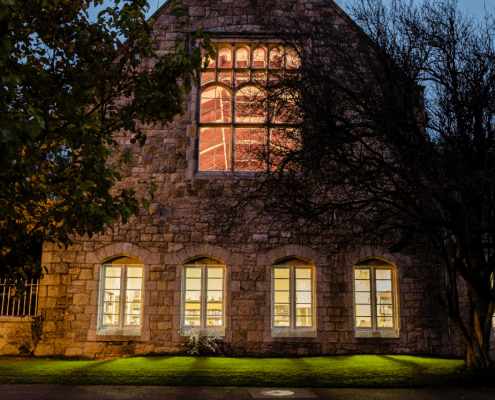
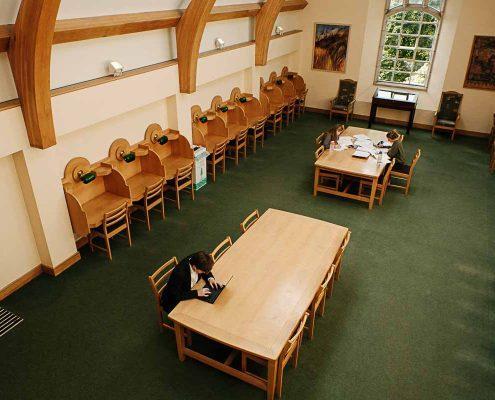
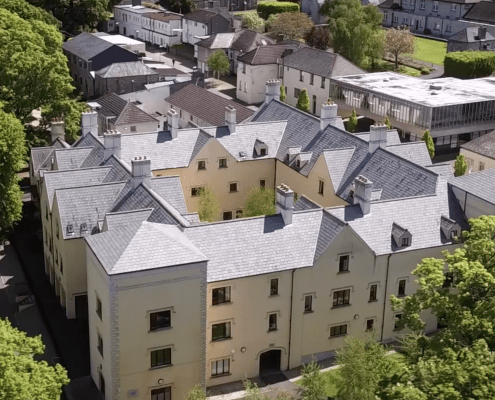
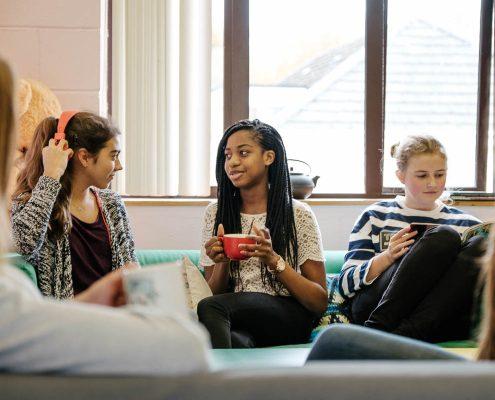
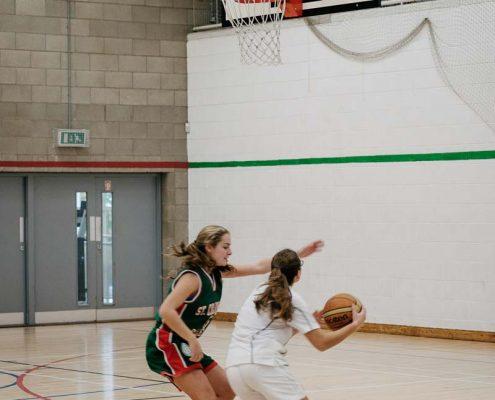
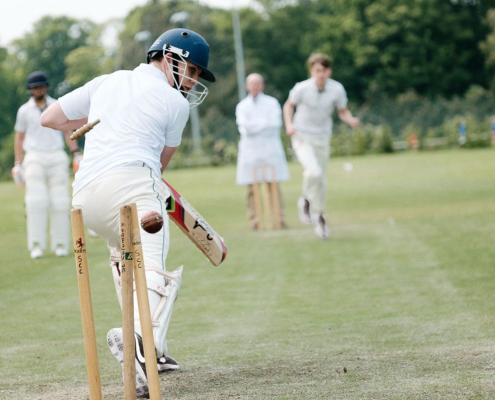
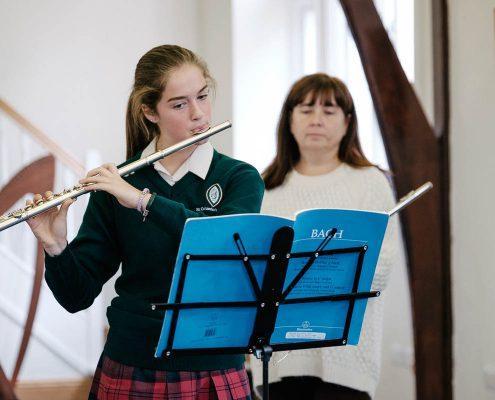
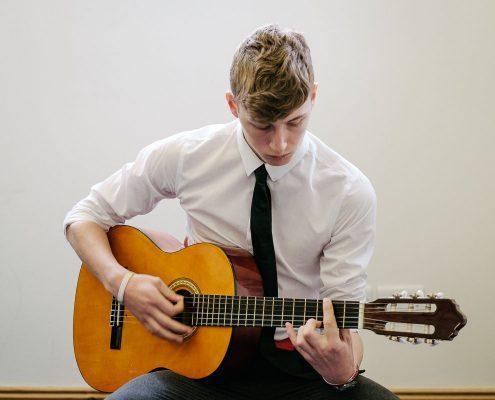
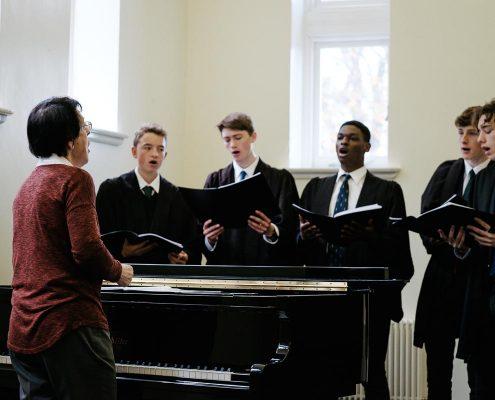
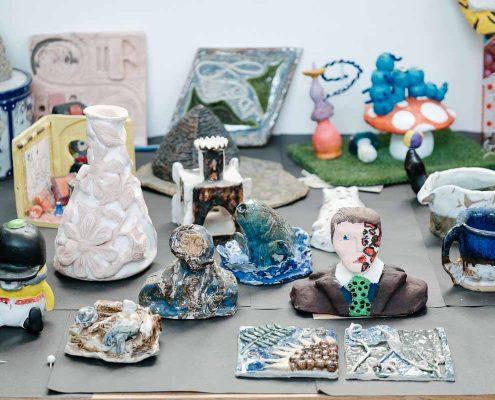
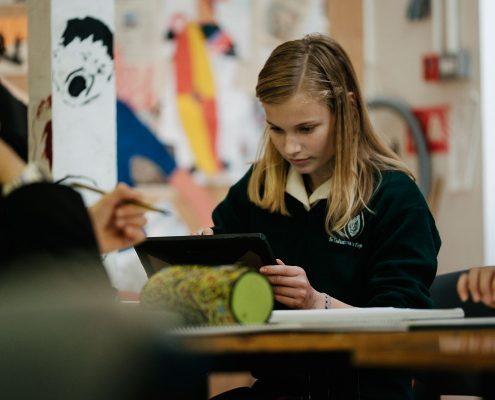
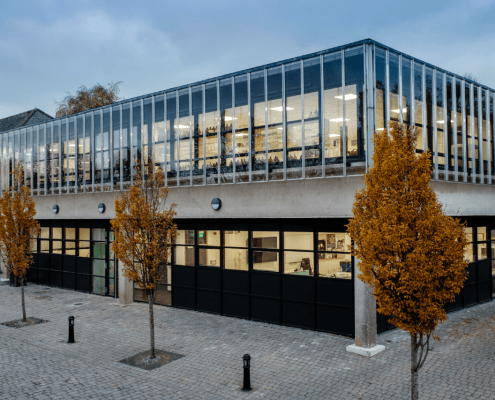
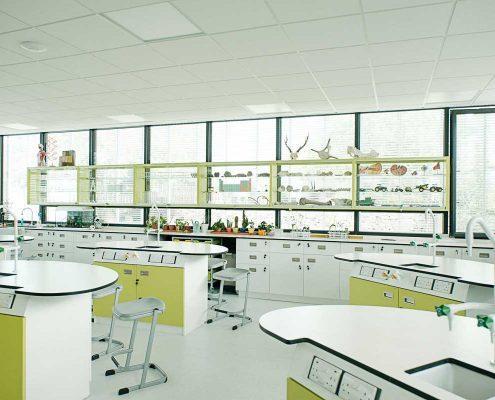
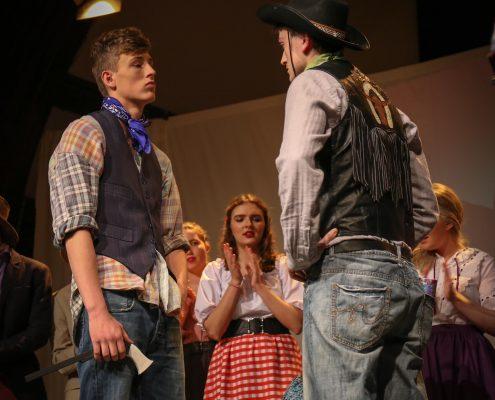
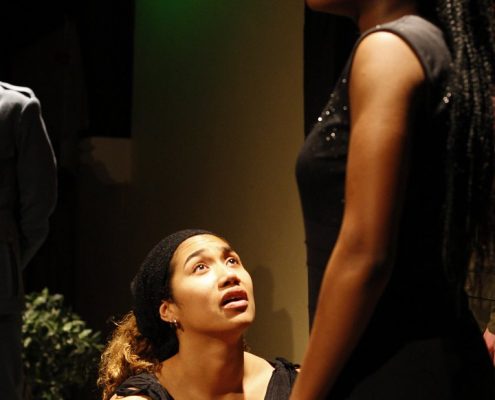
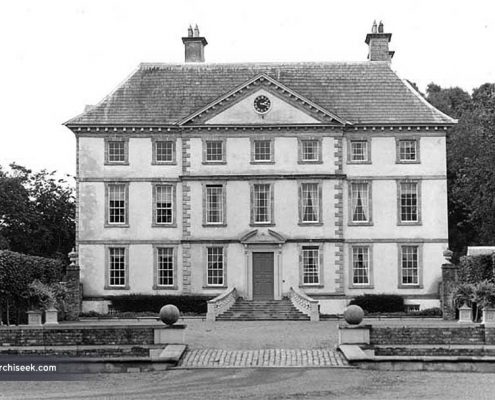
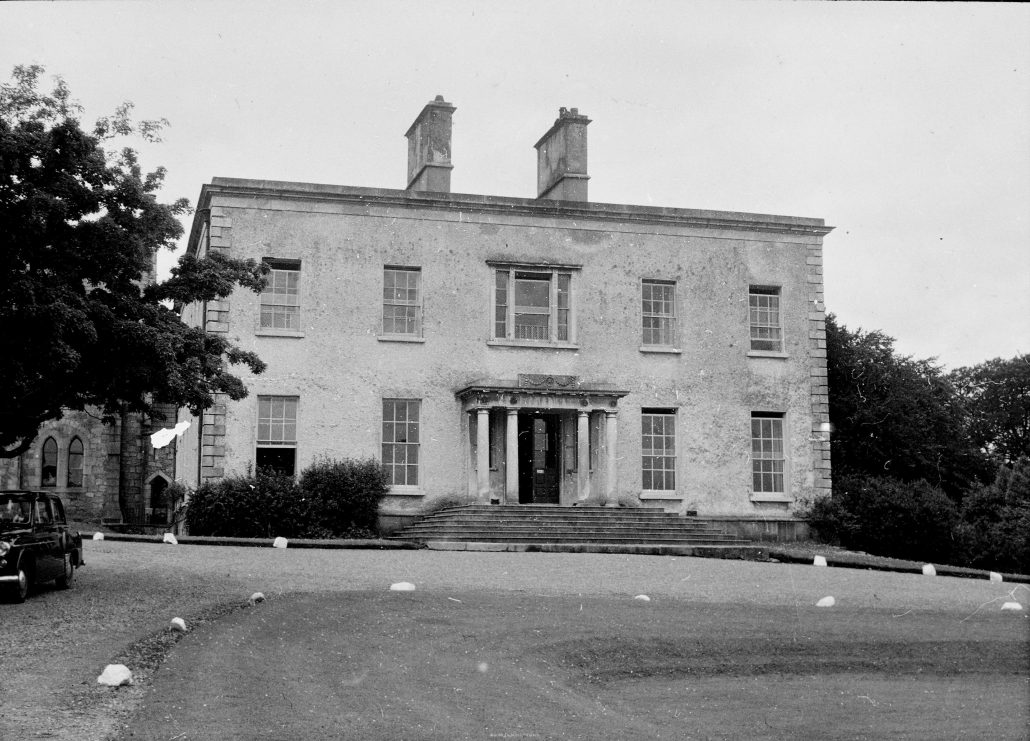
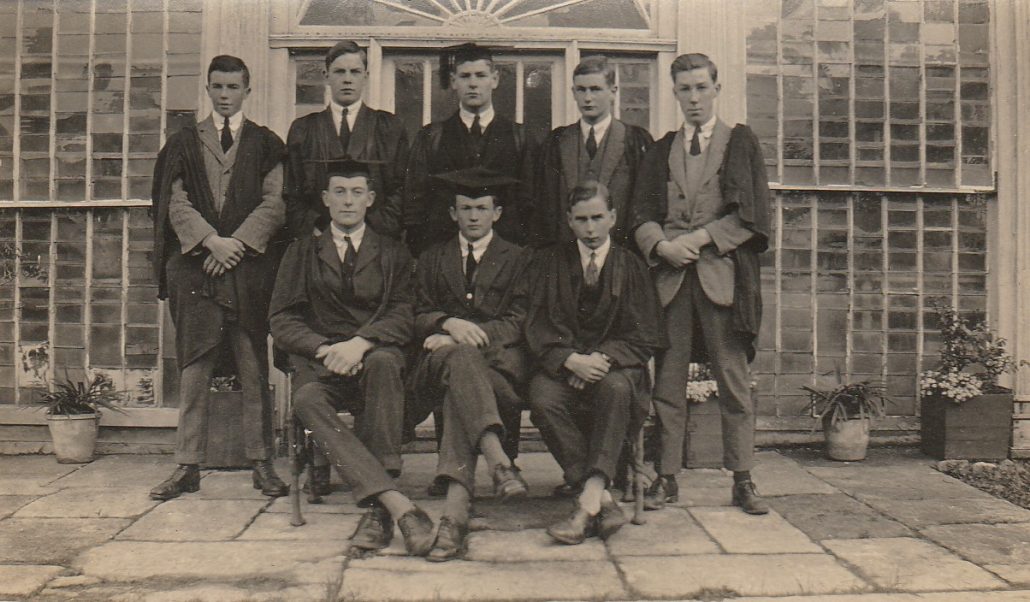

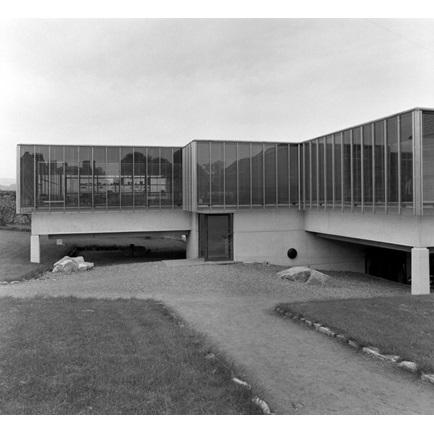

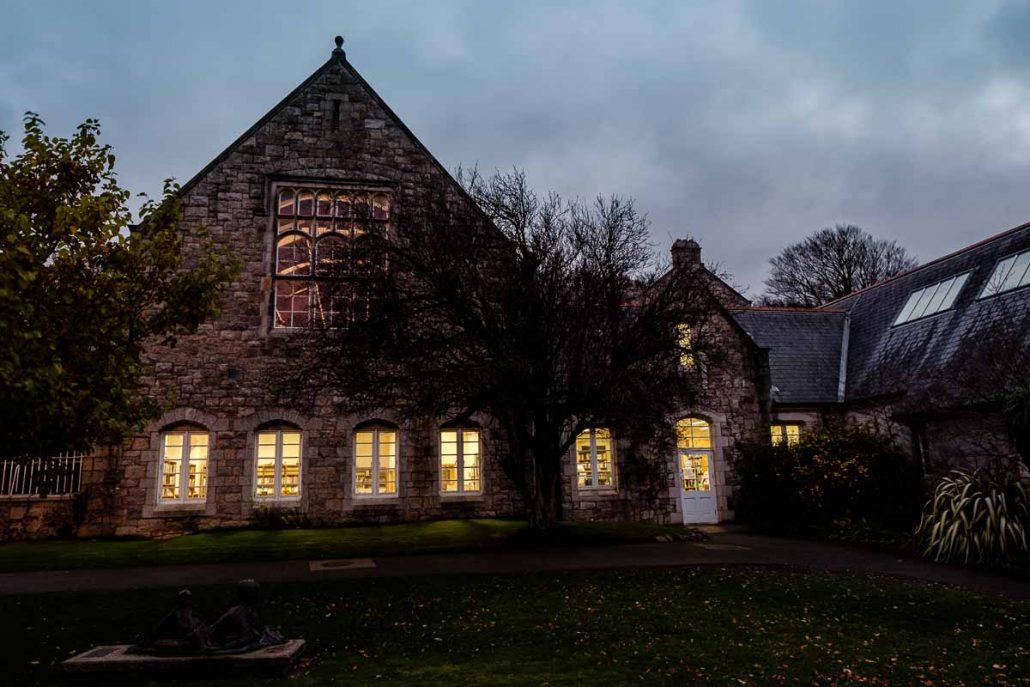
Project 175 – The College Hub
To commemorate the 175th Anniversary the College will undertake a new building project – a new ‘College Hub’. As a mixed school we want to encourage our boys and girls to form sensible and wholesome relationships, but at present we do not provide an adequate facility for that to happen. It is not fair to expect boys and girls to develop friendships that are appropriate at school and expect them to meet outside in the rain, and pupils are not allowed to visit each other’s Houses. As a result I strongly feel the need to create a social hub in the middle of the school, which will serve as a place for pupils to hang out, buy snacks and drinks, act as an overflow dining area, be a venue for live music, contain newspapers and other publications and so on. It will also be a place for staff and even parents to bring guests to the College and make them feel welcome.
We are starting this project in the summer and it will take shape in the Warden’s Garden and the top floor of Whispering House, opposite the Library. I am sure that it will soon become the beating heart of the school and it will not be long before we wonder how we ever managed without it!
Mark Boobbyer, Warden.
Live feed from the site: